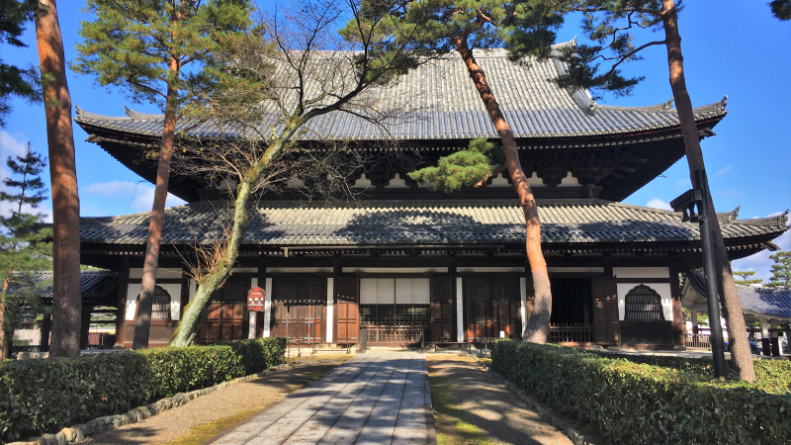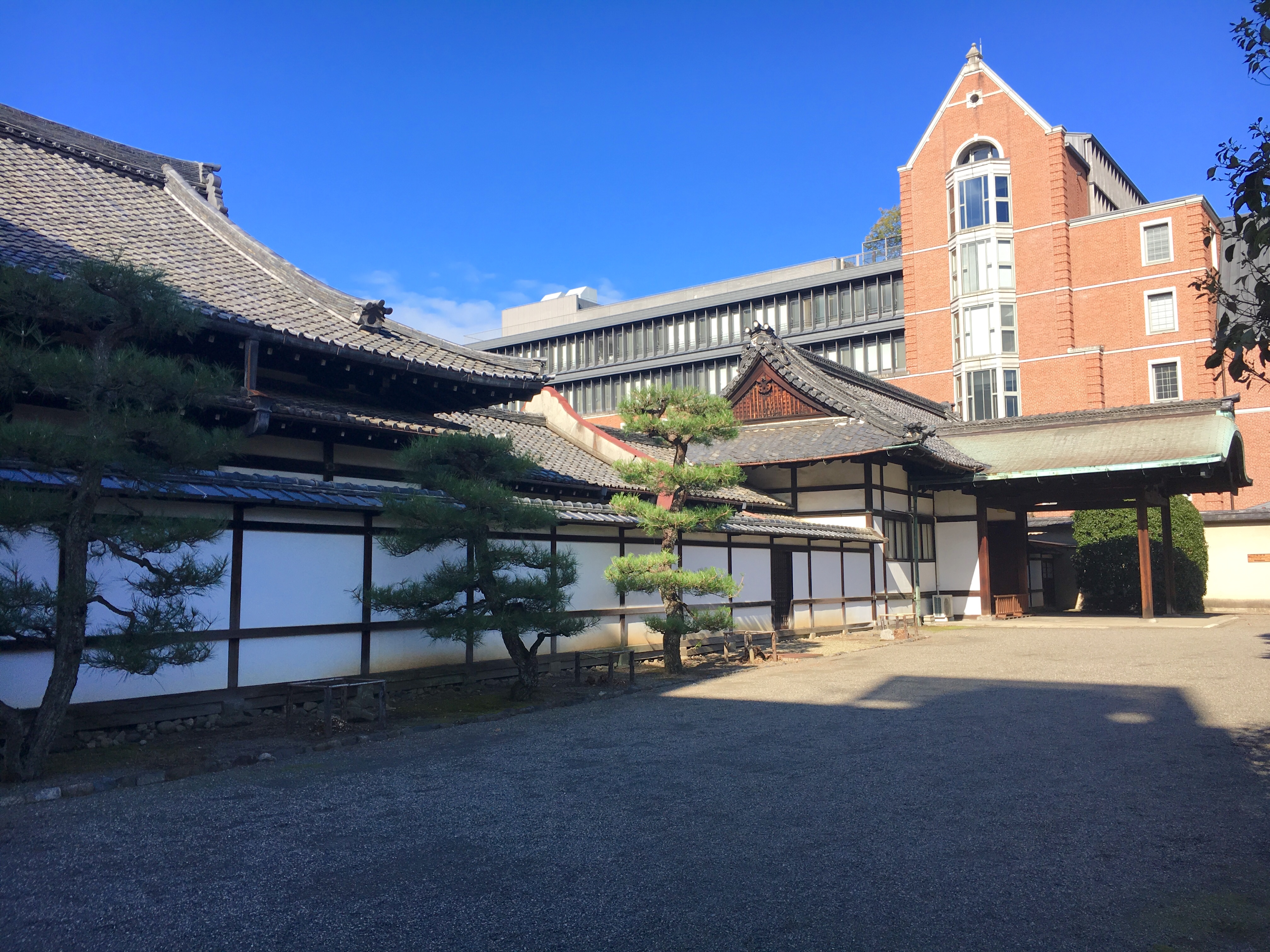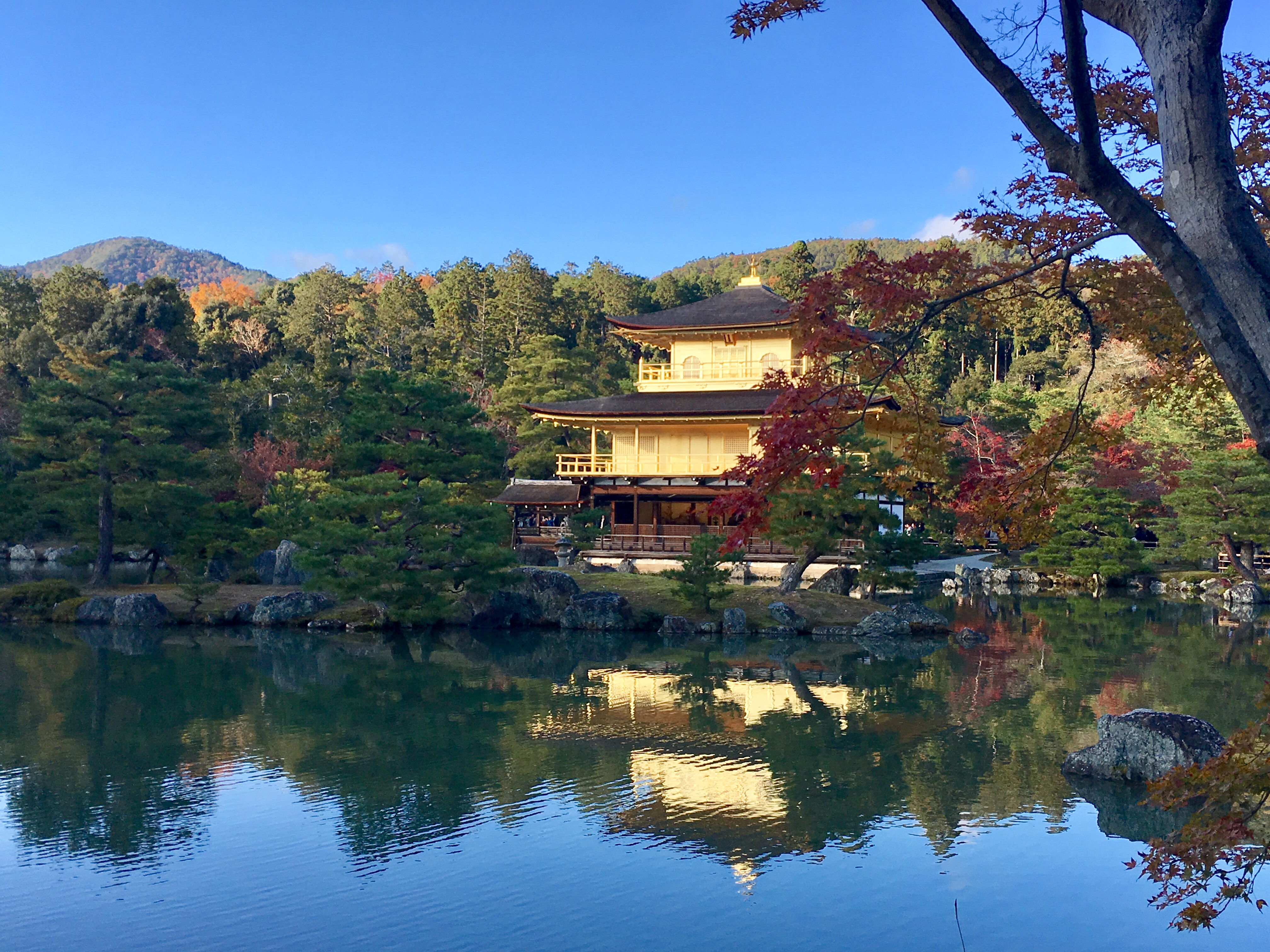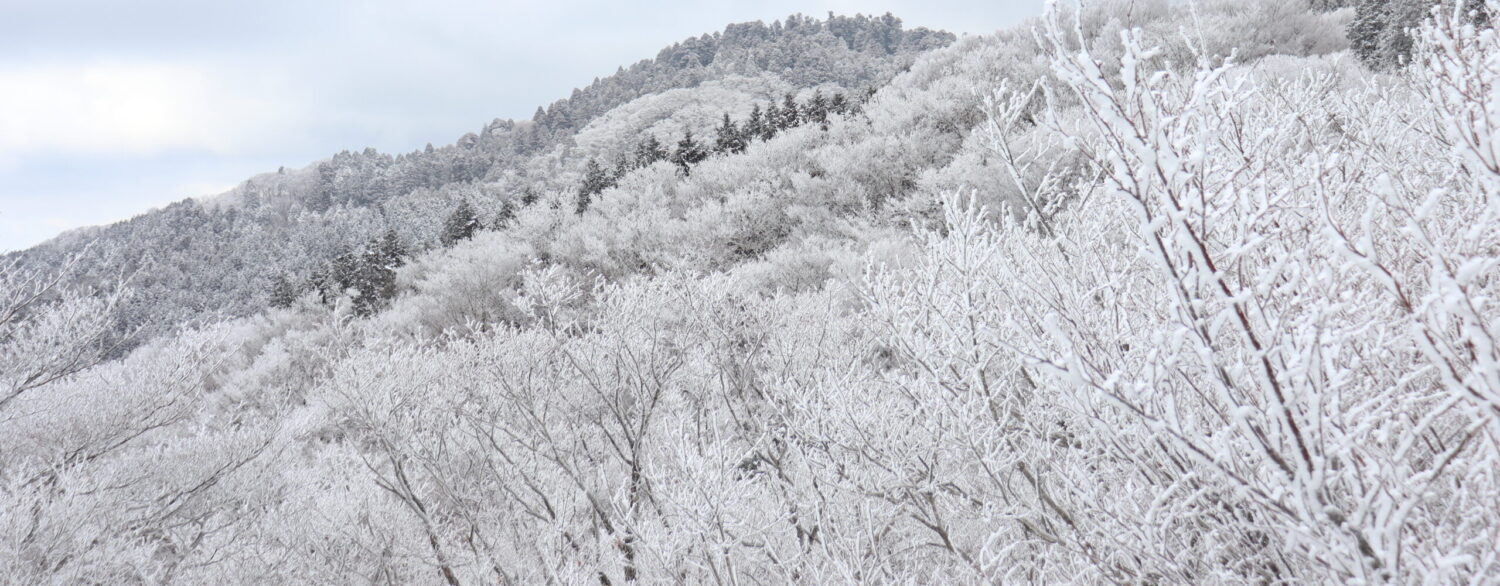
The Creator of the Kinkaku-ji: Ashikaga Yoshimitsu
When someone says “Kyoto” the golden Kinkaku-ji immediately comes to mind. Like the Tsutenkaku in Osaka, or the Todai-ji in Nara, the Kinkaku-ji attracts many foreign visitors as well as many Japanese people. Certainly, the golden pavilion resting in the middle of its pond is so lovely you will never forget it. But what about the man who built the Kinkaku-ji, Ashikaga Yoshimitsu? This powerful shogun greatly shaped feudal Japan and truly started the Muromachi Period. His rise to power and mysterious death is a story of manipulation, blood, and gold.
Ashikaga Yoshimitsu
Ashikaga Yoshimitsu was born in 1357. When he was only 10 years old his father, Yoshiakira, died making him shogun. Because he was only 10, many members of the Bushi class gave him their support. When he was 20 years old, he moved his court to Muromachi, Kyoto and built a beautiful palace surrounded by hundreds of beautiful flowers from all over Japan. Because of all these flowers, his palace, Muromachi-dono, became known in Kyoto as The Palace of Flowers, Hana no Gosho [花の御所].

Unfortunately a fire burned the Palace of Flowers down a long time ago. The palace grounds were converted into Daisei-ji Temple, located near Doshisha University in Kyoto.
Taking Control
Once assuming the position of Shogun, Yoshimitsu realized he needed to establish control over Japan’s Bushi, including his supporters. To accomplish this feat, Yoshimitsu periodically found ways to provoke or threaten powerful Bushi clans. One way he did this was by treating family members unfairly, in order to start a feud. For example, he might grant control of one province to one brother, but give his other brother two provinces to govern. The moment these powerful people began a war, Yoshimitsu would immediately suppress them and take their lands.

One such man went by the name Ouchi Yoshihiro [大内義弘]. Ouchi lived in Sakai and was a very powerful and wealthy samurai. Despite his fierce loyalty to his shogun, Yoshimitsu also provoked Ouchi into taking arms against him. Unsurprisingly, Ouchi lost just like those before. His very modest grave and marker are just south of Sakai City.
The Northern and Southern Courts
Luckily for Yoshimitsu, when he became shogun the Imperial Court was inefficient at governing and had little authority. Before Yoshimitsu was born, Emperor Go-Daigo attempted to re-establish the Imperial Court as the head of political power in Japan. However, his governance was quite chaotic and didn’t go well at all. Ultimately, his many poor decisions lead to a war that forced Go-Daigo and his court from Kyoto. However, Emperor Go-Daigo didn’t give up. He went to Yoshino and created another court called Nan-cho, or the Southern Court. From this time on, there was the Hoku-cho (Norther Court) in Kyoto and Nan-cho (Southern Court) in Yoshino.
This split in Japan’s government led to the lack of authority of the Imperial Court as well as lack of money.
Head of Court
Yoshimitsu “graciously” decided to financially assist the Imperial Court. He gave them so much money that they could resume their long suspended rituals and festivals. In doing this, Yoshimitsu successfully took over control of Imperial Court. While the nobles and Imperial Court were happy with Yoshimitsu’s generosity, the emperors on the other hand felt threatened.

Envious Emperors
Emperor Go-Enyu, for example, was violently jealous of Yoshimitsu’s influence. Go-Enyu felt so threatened by him that on two separate occasions he accused his wife and later one of his concubines of infidelity. He publicly beat his poor wife who had just give birth, and forced his concubine to become a nun!
Much to the irritation of Japan’s emperors, Yoshimitsu continued to gain power. Eventually, he was even able to successfully merged Hoku-cho and Nan-cho. Because of this great accomplishment, Yoshimitsu received the title of Dajo-daijin [太政大臣](Chancellor of State), the highest rank in the Imperial Court.
*FYI Enyu and Yoshimitsu were first cousins :X
Golden Years
However, he soon abdicated his position to his son, Yoshimochi, and became monk. Whether he did this because he resented the thought of merely being a subordinate of the emperor, or if this was an attempt to control powerful religious leaders, is uncertain. In any case, he built his retirement villa, the Kitayama-den. Today, this place is better known as the Kinkaku-ji.

Wealth and Trade
Another one of Yoshimitsu’s accomplishments was restoring international trade between China and Japan. Official trade with China was suspended in the 9th century, but Yoshimitsu was able to resume it as a means to bring tribute to China’s emperor. This in turn made Japan a subordinate of China, but Yoshimitsu didn’t care. By re-establishing connections with China, Japan gained some much needed prosperity. Trade with China also enabled Japan to cultivate new forms of art, specifically Noh and ink paintings, which were heavily influenced by Chinese culture.
Yoshimitsu’s Death
In 1408, Yoshimitsu held a coming age of ceremony for his second son Yoshitsugu, much in a same way as an emperor would for his successor. It was clear that Yoshimitsu intended to make his second son, Yoshitsugu, the next emperor. Mysteriously, however, Yoshimitsu quickly became sick and died two days after the ceremony. His death was so sudden and unnatural that some historians believe he that it was in fact an assassination.
After he died, Yoshimitsu his eldest son Yoshimochi became shogun.
Although Yoshimitsu died, the Imperial Court tried to grant Yoshimitsu the title of “Daijo Houou”. This move is really shocking because “houou” is a title for a previous emperor who has become monk. However, Yoshimochi refused to let this happen since he despised his father for favoring Yoshitsugu over him.
As dictated in his will, Kitayama-den became a temple. Out of spite for his father however, Yoshimochi destroyed a most of the temple except for its golden pavilion, the “kinkaku”.
Yoshimitsu was a very strategic and manipulative person. For most of his life he got everything he wanted. However, his constant short-changing of those closest to him was his downfall. Just as in the story of King Midas, Yoshimitsu’s thirst for power and gold got the better of him in the end. There is a cruel irony in the fact that his golden pavilion is the awe of many, but few think of him when they look at it.

Leave a Reply